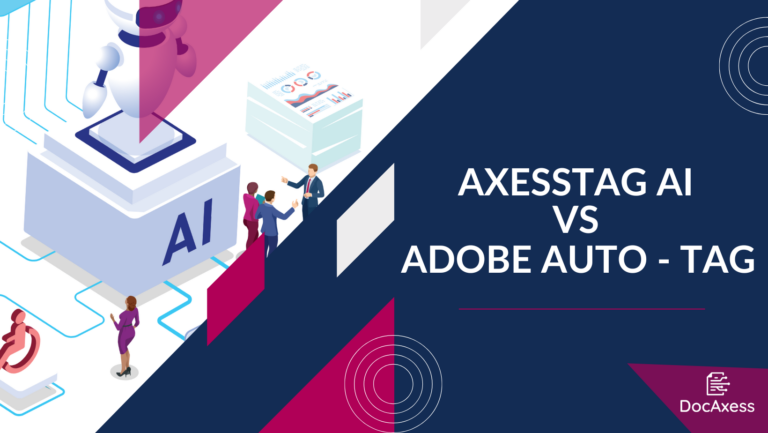In a world where companies are seeking to establish inclusive environments, the accessibility of digital documents, particularly PDF files, has become a major issue for human resources (HR) departments. This article explores how HR departments can adopt and promote PDF accessibility to ensure that all employees, including those with disabilities, have equal access to the information and resources they need to integrate and grow professionally.
The importance of accessibility in HR
HR is at the crossroads of promoting equity and inclusion in the workplace. By making PDF documents accessible, HR ensures that every employee, regardless of physical, visual, hearing or cognitive condition, can access important information such as employee handbooks, company policies, leave request forms, pay slips or training documents.
Legal and regulatory framework
On a global scale, numerous regulations require digital documents to be accessible to all. In the United States, the Section 508 amendment to the Rehabilitation Act and in Europe, Directive (EU) 2016/2102 of the European Parliament, require organizations to make their digital communications accessible. This highlights the importance of HR complying with accessibility standards for PDFs.
Benefits of PDF accessibility for HR
- Inclusion and diversity: Accessible PDFs foster an inclusive work environment, increasing employee satisfaction and productivity while attracting diverse talents.
- Legal compliance: Ensuring document accessibility helps companies avoid the risk of litigation and financial penalties by complying with regulations.
- Improved communication: Accessible documents make it easier for all users to understand, thus improving internal communication.
- Corporate reputation: Commitment to accessibility strengthens the company’s reputation as a socially responsible employer.
Which Human Resources documents are concerned?
- Personnel management documents: employment contracts, riders, letters, etc.
- Pay slips
- Remuneration-related documents: tax returns, statements of social security contributions, tax return forms
- Documents relating to employee benefits: pension plans, health insurance, paid leave, etc.
- Internal policies and procedures
- Performance assessments: appraisal forms, performance objectives, individual development plans…
- Training documents: training aids, e-learning modules, training assessments, learner follow-up, training records…
Implementing PDF accessibility
- Accessibility assessment: The first step towards PDF accessibility is to assess existing documents to identify potential barriers to access. This can include checking for the presence of alternative text for images, the logical structure of documents, and compatibility with screen readers.
- Training and awareness: It is essential that HR employees and content creators receive training in the principles of digital accessibility, and learn to use the tools and software that facilitate the creation of accessible PDFs.
- Tools and technologies: Specialized software exists to help create and check the accessibility of PDF documents. These tools can automatically identify and correct certain accessibility problems.
- Interdepartmental collaboration: Accessibility must be a concern shared across all departments of the company. HR can play a leading role by collaborating with IT, communications and legal departments to ensure a consistent approach to accessibility.
Conclusion
PDF accessibility in HR is not only a legal requirement, but also an ethical and strategic approach to fostering inclusion and equal opportunities. By adopting robust accessibility practices, HR departments can play a central role in creating a welcoming work environment for all employees, demonstrating their commitment to a truly inclusive corporate culture.












